I purchased a stone that is obviously an older cut stone. It has a GIA report stating it is a round brilliant but I know their classification of old European cut is rather strict. I thought it was probably a transitional but I know that category is rather nebulous also. I took it to be appraised and the appraiser stated that he believed it to be an early round brilliant cut. The GIA report has all the angles ,etc listed and I knew it was a bit funky but I wasn’t expecting it to be an early round brilliant cut. I ran it through the HCA and it comes back at 5.8. My question is whether or not the HCA would apply to these early round brilliant cuts. I like older cuts and I know their performance isn’t going to be apples to apples equivalent but I also don’t want a fair to middling cut stone. Here is a snippet from the GIA report.
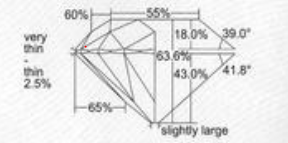
The stone is a nice bright white clean stone. It does sparkle nicely but I would not be able to rank it. (Oh- and I am still within the return period.)

The stone is a nice bright white clean stone. It does sparkle nicely but I would not be able to rank it. (Oh- and I am still within the return period.)

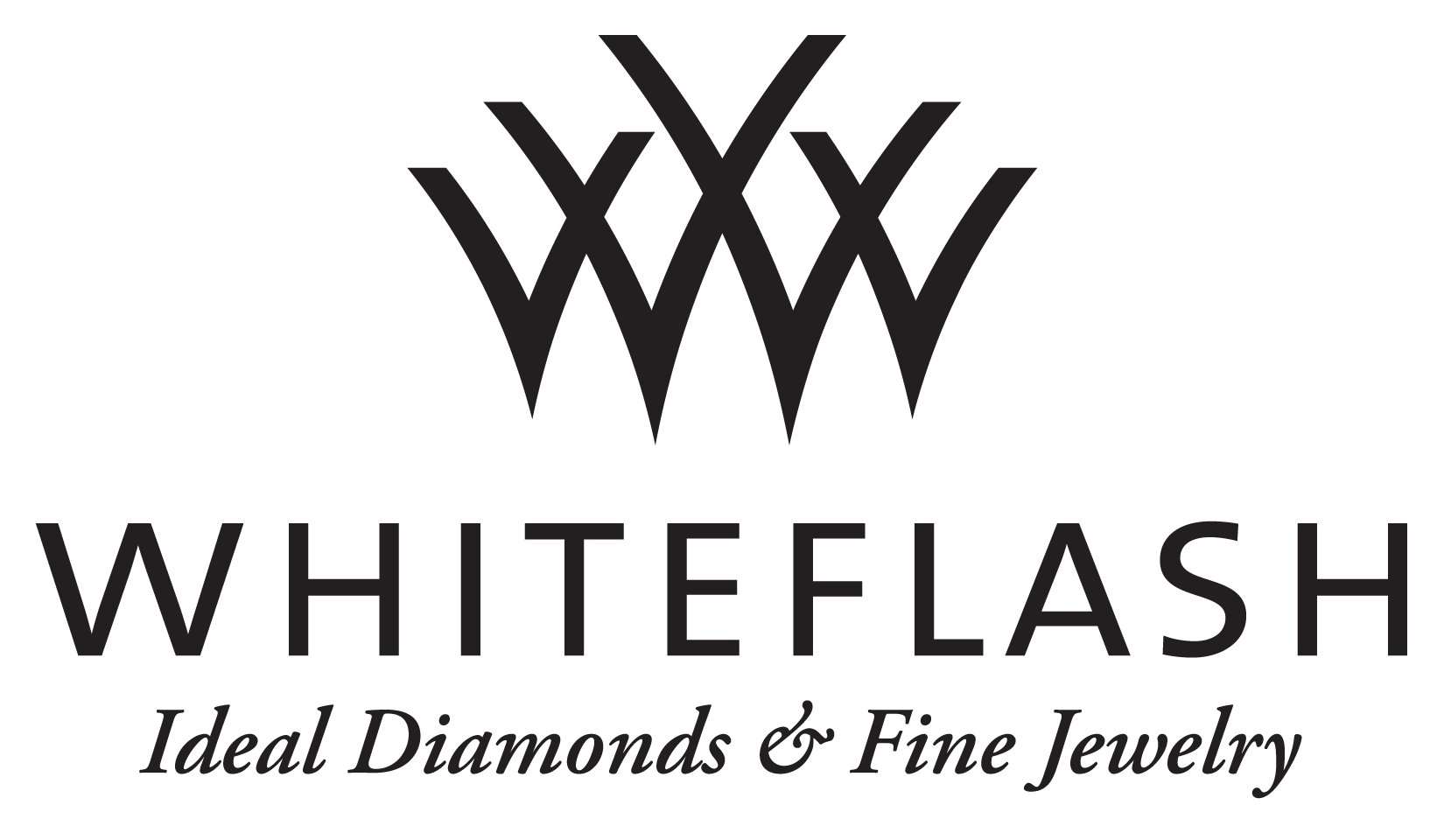
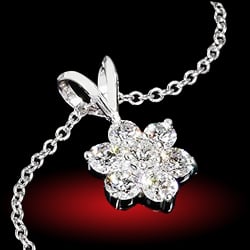
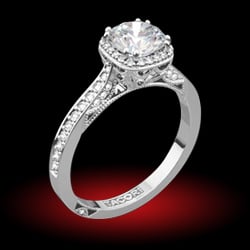
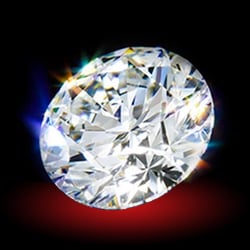
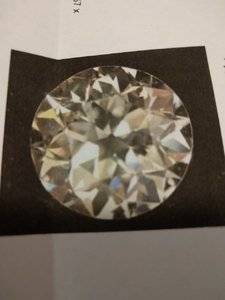
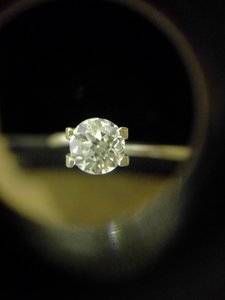
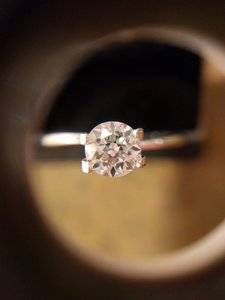

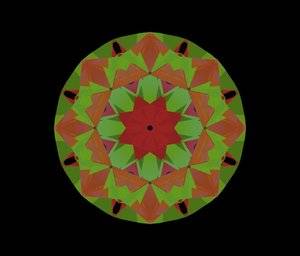
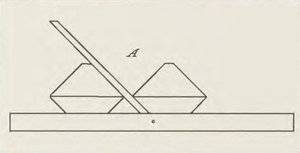


300x240.png)